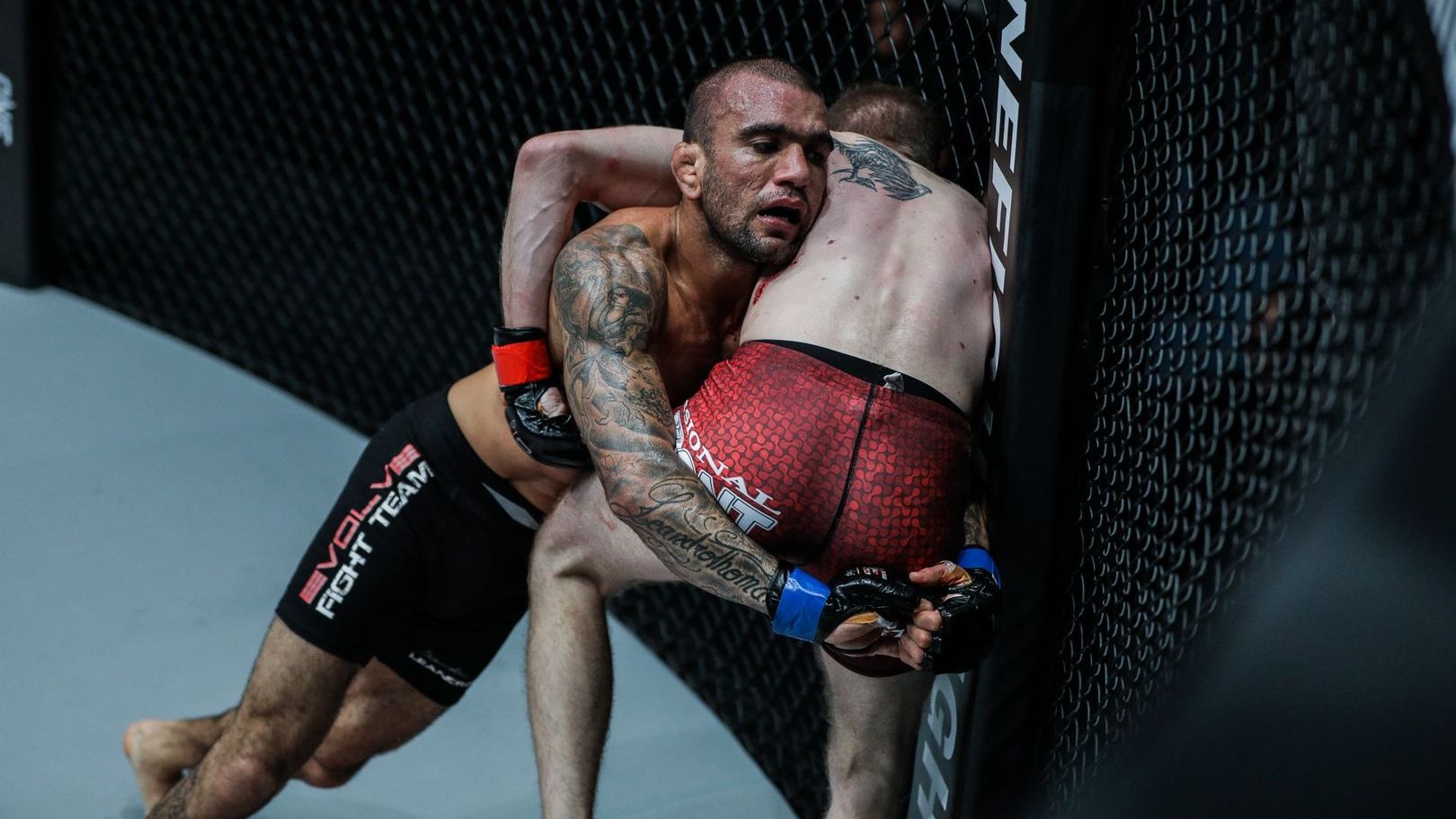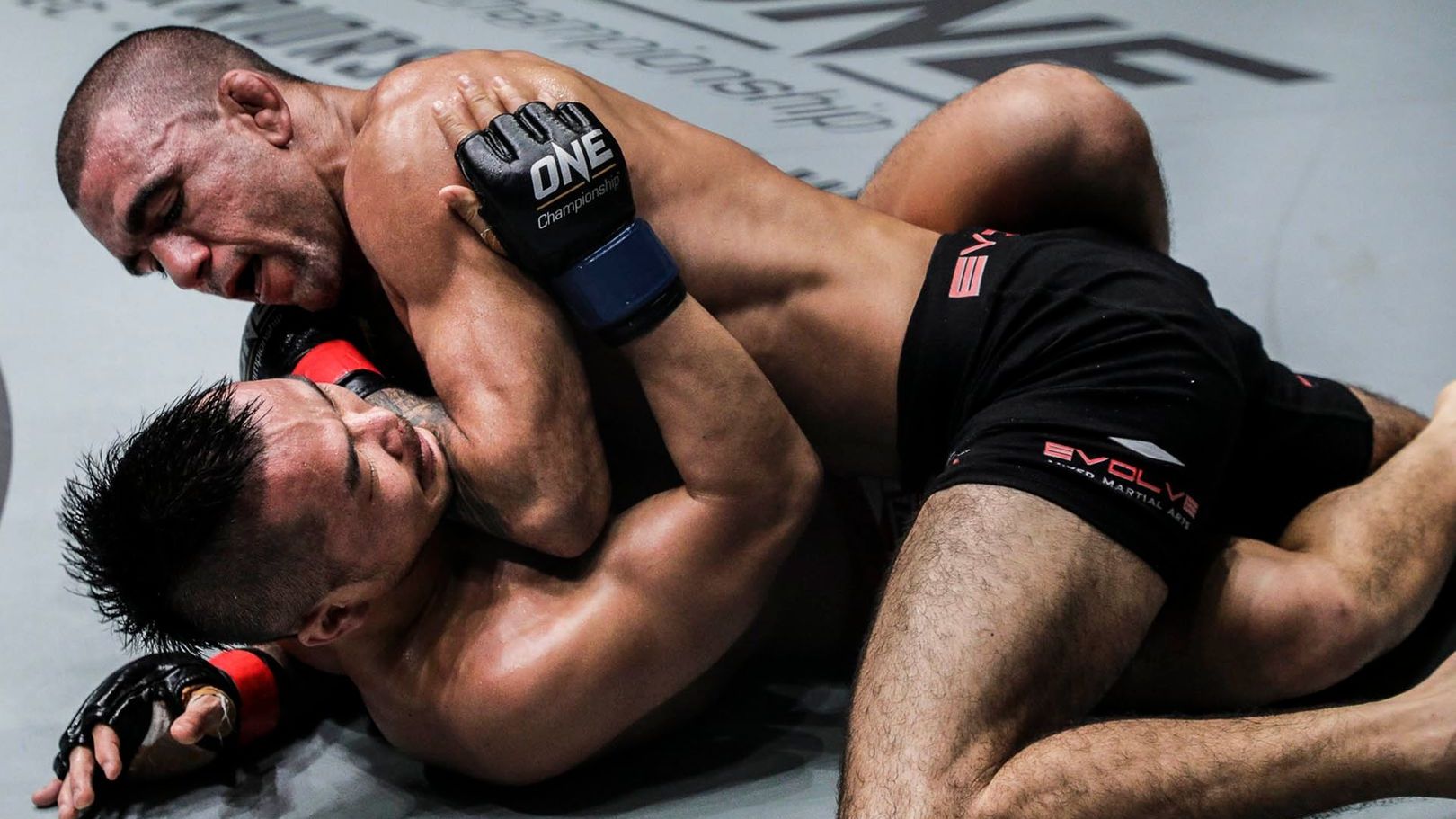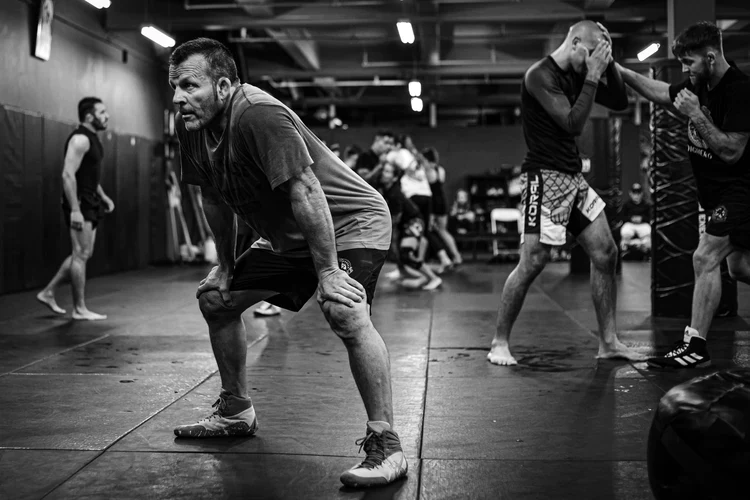MMA Weight Classes – From Flyweight to Heavyweight Explained
MMA weight classes
Mixed martial arts (MMA) uses weight classes to ensure fair competition. Instead of fighters of drastically different sizes facing off, promotions categorize athletes into weight divisions so that bouts are more evenly matched. Understanding MMA weight classes is important for new fans to follow matchups and for seasoned fans to appreciate the strategy behind weigh-ins and weight cuts. In this article, we break down the MMA weight class system – from the smallest flyweights to the biggest heavyweights – and explain why these divisions matter for both fighters and fans.
MMA weight divisions
UFC weight classes
History of Weight Classes in MMA
In the early days of the UFC (Ultimate Fighting Championship), there were no official weight classes at all. The first UFC events in the 1990s were open-weight tournaments where a 170-pound karate fighter might face a 260-pound sumo wrestler. This “no-holds-barred” approach made for wild spectacles but raised serious questions about fighter safety and fairness. By 1997, the UFC introduced its first weight classes at UFC 12. Initially there were just two divisions: heavyweight, for fighters 200 pounds and above, and lightweight, for fighters 199 pounds and under. Over time, as the sport grew and athletic commissions implemented regulations, more weight categories were added to protect fighters and create more competitive matchups. Other organizations like PRIDE FC in Japan and various regional promotions also adopted their own weight classes around the late 1990s and early 2000s, helping standardize the practice.
UFC weight divisions
weight limits in MMA
Today’s Weight Divisions
Modern MMA has a well-defined set of weight classes with strict upper limits. The UFC – MMA’s premier organization – currently recognizes 12 weight divisions (eight for men, four for women). Men’s divisions range from the 125-pound Flyweight class up to the 265-pound Heavyweight class, while women’s divisions range from 115-pound Strawweight up to 145-pound Featherweight. Each class has a maximum weight limit; fighters must weigh in at or below that limit (usually the day before the fight) to be eligible to compete in that division. Below is a summary of the standard UFC weight classes:
Men’s Weight Classes (UFC):
- Flyweight – up to 125 lb (56.7 kg)
- Bantamweight – up to 135 lb (61.2 kg)
- Featherweight – up to 145 lb (65.8 kg)
- Lightweight – up to 155 lb (70.3 kg)
- Welterweight – up to 170 lb (77.1 kg)
- Middleweight – up to 185 lb (83.9 kg)
- Light Heavyweight – up to 205 lb (93.0 kg)
- Heavyweight – up to 265 lb (120.2 kg)
Women’s Weight Classes (UFC):
- Strawweight – up to 115 lb (52.2 kg)
- Flyweight – up to 125 lb (56.7 kg)
- Bantamweight – up to 135 lb (61.2 kg)
- Featherweight – up to 145 lb (65.8 kg) – (Note: the women’s featherweight division in UFC has very few athletes and no active champion as of 2025, leading to speculation it may be phased out.)
weight categories in mixed martial arts
MMA weight classes
Each weight class offers fighters a “level playing field” in terms of size. A fight between a 155-pound athlete and a 205-pound athlete is generally not allowed in regulated MMA, because that 50-pound difference is a significant advantage. By having divisions, a skilled smaller fighter can compete against opponents their own size rather than be physically overwhelmed by giants.
It’s worth noting that the weight classes in other organizations are mostly similar, but with some differences. For example, ONE Championship (Asia’s largest promotion) has weight classes that appear one category above UFC’s due to different weight limits and their ban on severe dehydration. In ONE, lightweights fight at 170 lb limit (instead of 155) because fighters must compete closer to natural weight. ONE Championship even introduced an Atomweight class at 115 lb for women (equivalent to 105 lb in other promotions, since ONE’s weights are shifted up by 10 lb). Bellator MMA and PFL (Professional Fighters League) use the standard limits for men’s classes (145, 155, 170, 185, 205, 265) and have a women’s featherweight (145) or lightweight (155) division depending on the promotion. In the now-defunct PRIDE FC (Japan), weight classes were fewer: for years they essentially had only Middleweight (205 lb) and Heavyweight (over 205, no max), plus occasional Openweight fights. Over the years, the trend in MMA has been toward adding more classes as talent deepens, though the major orgs haven’t adopted the multiple additional divisions that boxing has (e.g., there is no cruiserweight or super-middleweight in UFC).

MMA weight divisions
UFC weight classes
Why Weight Classes Matter
Weight classes exist for fairness and safety. In combat sports, size and weight correlate with strength, power, and the ability to absorb damage. A larger fighter often has a significant advantage in striking power or in controlling an opponent on the ground. By matching fighters of similar weight, the outcome of the fight is more likely to be determined by skill, technique, conditioning, and strategy, rather than simply by who is bigger. This makes the sport more competitive and exciting, as a smaller but highly skilled fighter doesn’t have to face a huge opponent with an overwhelming size advantage.
For fans, knowing the weight classes adds context to matchups. A casual viewer might not immediately see the difference between a lightweight (155 lb) and a welterweight (170 lb), but those 15 pounds are crucial; they represent a different division with its own roster of fighters and title. Each division develops its own stars and its own history of champions. For example, the heavyweight division is known for big knockout power, whereas lighter divisions like bantamweight or flyweight often showcase blistering speed and cardio.
Weight classes also create multiple “champions” in the sport simultaneously – one per division. This allows MMA to have many title fights and stars across weight ranges. Fans can have a favorite fighter at lightweight and a different favorite at heavyweight, for instance, and debate which champion is more dominant relative to their size.
UFC weight divisions
weight limits in MMA
Weight Classes and Weight Cutting
One important aspect tied to weight classes is weight cutting – fighters will dehydrate themselves to weigh in at the top of their class, then rehydrate before the fight (we delve into weight cutting in Article 5). For example, a fighter in the welterweight division (170 lb limit) might actually be around 185 lb on fight night after rehydrating. Virtually all fighters do this to some extent, so even with weight classes, there’s often a cat-and-mouse game of who can cut weight more effectively. The weight class system assumes fighters meet the limit at weigh-in, but come fight time they might be heavier. This is an accepted part of the sport, though it has its own controversies and safety concerns.
weight categories in mixed martial arts
MMA weight classes
Differences Across Promotions
While UFC has the most standardized set of classes, it’s interesting for advanced fans to know some differences: ONE Championship’s approach means a “Lightweight” there is comparable to a “Welterweight” in UFC in actual pounds. They implemented this after severe weight-cutting issues, including a fighter’s death, pushing for more natural competition weights. Amateur organizations or some local circuits might merge divisions if talent is sparse, or offer catchweight bouts (fights held between standard classes, e.g., at 140 lb catchweight between bantam and featherweight). Olympic wrestling weight classes or boxing divisions also differ, which sometimes matters when athletes transition to MMA and choose what class to fight in.
For example, an Olympic wrestler who competed at 74 kg (~163 lb) might choose to fight in MMA’s lightweight division (155 lb) by cutting a bit more weight, or go to welterweight (170 lb) and cut less. Knowing the weight classes can enhance appreciation of those decisions.
MMA weight divisions
UFC weight classes
The Drama of Moving Weight Classes
Another element for seasoned fans is when fighters move up or down in weight class. This is always a big storyline. Did they outgrow the division? Are they seeking a new challenge or a champion in another division? Examples: Conor McGregor famously moved from featherweight (145) to lightweight (155) and became champion in both. Jon Jones, after dominating light heavyweight (205), recently moved to heavyweight to chase a new title. On the flip side, some fighters drop down a class to revive their career or because they find they are small for their current division (e.g., former lightweight Anthony Pettis moved to featherweight for a period). These moves can lead to “super fights” (champion vs champion from different classes) or fresh matchups, which excite fans. However, moving class can be risky; cutting an extra 10 lb might drain a fighter, while moving up might pit them against naturally larger foes.
/cdn.vox-cdn.com/uploads/chorus_image/image/72892085/C1N02173.0.jpeg)
UFC weight divisions
weight limits in MMA
Conclusion
Understanding MMA weight classes gives fans a better grasp of matchmaking and the challenges fighters face beyond just throwing punches and kicks. For newcomers, it explains why fights are organized the way they are, and why you’ll never see a 135 lb bantamweight fight a 205 lb light heavyweight in the UFC. For experienced fans, weight classes provide endless discussion: who’s the pound-for-pound best (i.e., the best fighter regardless of weight)? Could an elite lighter fighter beat a mediocre heavier fighter? Should there be additional weight classes (like 165 lb or 195 lb) introduced to bridge gaps? These topics all stem from the weight class system. In the end, weight divisions are a fundamental part of MMA’s structure – they ensure fairness, create multiple simultaneous champions for fans to follow, and add an intriguing layer of strategy as fighters navigate not just their opponents, but also the scales. Whether you’re watching the explosive power of heavyweights or the lightning-fast exchanges of flyweights, knowing the weight class context makes the experience all the richer.
weight categories in mixed martial arts
MMAailm.ee is a premier MMA blog committed to delivering comprehensive analysis, up-to-the-minute news, and exclusive insights into the global landscape of mixed martial arts. Catering to passionate MMA enthusiasts worldwide, MMAailm.ee covers everything from fight night breakdowns and athlete performances to technical evolutions and behind-the-scenes narratives. Our mission is to bridge the gap between fans and the ever-evolving world of MMA through timely information and engaging content.
Latest articles
-
Cage cutting in MMA explained: pressure, footwork and cage control
-
UFC Fight Night Tsarukyan vs Hooker results and review from Qatar
-
Ground and pound in MMA explained: positions, defense & training
-
Las Vegas mecca of fight sports – and the next F1 powerhouse?
-
UFC Fight Night Tsarukyan vs Hooker preview, start time and full card
-
UFC and F1 mental game: how champions handle pressure






